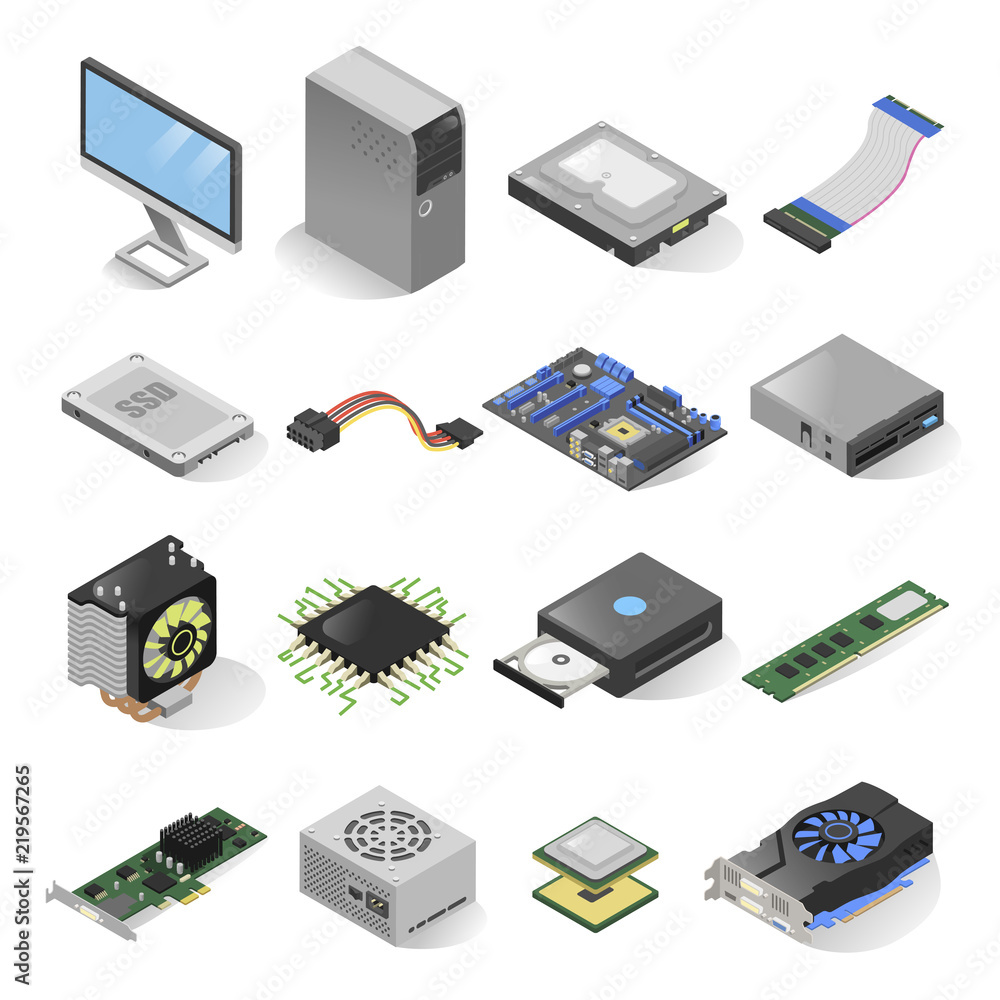the present-day tech-savvy world, computers are increasingly essential devices in not only private and professional environments. However, Visit Website of technological progress regularly results in a trail of surplus computer parts that are left unutilized, presenting a remarkable chance for upcycling enthusiasts and astute shoppers. As organizations and individuals improve their systems, the components of older technology can be reused, revamped, and given a second life, contributing not only to eco-friendliness but also to cost-effective solutions for those looking to build or enhance their computing systems.
Buying surplus computer parts can be a fulfilling undertaking, provided you understand what to look for and how to explore the landscape. Whether you're a gamer on a tight budget or a hands-on tech enthusiast, understanding the nuances of surplus components can lead to premium equipment at a fraction of the cost. This guide seeks to clarify the art of acquiring surplus computer parts, covering important tips, best practices, and factors to consider before making a transaction. Join us as we explore the prospects of upcycling with surplus computer components and improve your computing experience.
Guide to Acquiring Excess PC Components
In the realm of purchasing excess PC components, the first action is to identify reputable sources. Seek out reputable retailers, web platforms with positive reviews, and niche stores. It's important to check feedback and check the refund policies to guarantee your expenditure is safe. Many providers will also provide detailed descriptions and specifications of their items, which can aid you gauge their condition and suitability for your necessities.
Subsequently, familiarize yourself with the types of components you require. Do you require a mainboard, central processing unit, or memory? Knowing your exact needs can spare you time and effort and stress during the shopping process. Take note of compatibility issues, including processor sockets and RAM specifications, which can impact whether a part will operate with your current configuration. Obtaining a basic knowledge of current market prices can also assist you in identifying a bargain versus an overpriced item.
Finally, examine the condition of surplus parts before completing a transaction. Look for visible flaws, degradation, and any indicators of problems. Whenever you can, ask for testing results or warranties, as these can give further reassurance of working condition and dependability. As you accumulate experience buying surplus components, you'll develop a keen eye for excellence and be more ready to choose wisely on your next buys.

Assessing Quality and Value of Extra Parts
When evaluating extra computer components, the initial step is to check their physical state. Look for any marks of usage, such as nicks, rust, or discoloration. Components that seem well-maintained and tidy often indicate superior care over their lifespan. Pay particular focus to interfaces and ports; any defects or bent pins can impair connection and functionality. Additionally, look for original boxes and manuals, as these can be clues of whether the component has been properly maintained.
Next, it's important to confirm the details against your needs. Surplus components may present a range of capability levels, and knowing precisely what you search for will help you avoid the challenges of incompatibility. For instance, when picking a used mainboard, ensure that it is compatible with your desired processor, RAM type, and upgrade options. Investigating compatibility before making a selection can save you significant time and effort in the future.
Lastly, think about the supplier from which you are buying the surplus components. Trustworthy suppliers will often provide warranty options or promises that can add substantial value to your investment. Customer reviews and scores should also be checked to gauge the standing of the vendor. Focusing on trustworthy sources not only enhances your chances of finding high-quality parts but also helps ensure that you are not unknowingly buying counterfeit items.
Maximizing Your Purchase:
Tips for Achievement
When diving into the world of excess PC parts, being knowledgeable can make all the difference. Start by investigating computer equipment and retailers to confirm you are working with reliable products. Seeking reviews or ratings can help you evaluate the reliability of a provider. Additionally, familiarize yourself with market prices for items so you can spot a bargain when you see one. This foundational work is essential for successful shopping.
A further key recommendation is to carefully assess the condition of the components you wish to get. Always make sure to request details about the item's background and performance, and if possible, inspect the part prior to finalizing the purchase. For crucial components like mainboards, CPUs, and graphics cards, a hands-on inspection can uncover possible issues that may not be visible in digital advertisements, helping you to steer clear of costly errors.
Finally, think about the long-term implications of your purchases. Select for parts that offer compatibility with a broad spectrum of systems, especially if you plan to enhance in the future. Knowing the longevity and efficiency of extra components will assist in achieving financially sound choices. Stay open to negotiation and remain patient as you hunt for the greatest offers; your diligence will in the end boost your achievements in upcycling.
